It seems like every second day Metro Trains Melbourne is warning passenger of “major delays due to an equipment fault”. So what does it mean – well, the other week I saw it for myself.
It was little after 2.45pm on a Friday afternoon, and I found a Sunbury line train waiting just short of the station at Albion.
The signal ahead was defective – one of the two lights was dark.
And Metro Trains staff were busy on the ground trying to get it working again.
Including a signal electrician up in the overhead gantry, working on the wires leading up to it.
By 3.45pm outbound trains were now running 11 minutes late and counting.
Eventually blowing out to 16 minutes late, on a service that on paper runs every 20 minutes.
It also took an hour for Metro Trains Melbourne to finally tell passengers about the disruption via their Twitter account.
✅ Sunbury Line: Major delays and clearing after an equipment fault in the Albion area.
Please listen for announcements and check platform displays as services may be altered at short notice. pic.twitter.com/h64D9AlBy4
— Metro Trains (@metrotrains) August 4, 2023
Luckily as the frequency of trains stepped up for the start of evening peak, the delays to trains started to reduce – down to just 7 minutes late.
The reason for the delay – each train arriving at the defective signal has the ring up the signaller, inform them of the defective signal, have a caution order dictated to them, and then proceed into the section with extreme caution, ready to stop short of any obstruction.
But unfortunately maintenance staff were not having much success finding the cause of the fault – having to crack open the trackside equipment cabinet to see if that was the cause.
By 7.30pm trains were still being delayed by the fault.
Sunbury Line: Major delays – after an earlier equipment fault.
-Trains may be altered at short notice.
Listen for announcements and check platform displays. pic.twitter.com/D58Q8phKnq— Metro Trains (@metrotrains) August 4, 2023
Which was not resolved until 8pm – four hours after the fault first occured.
✅Sunbury Line: Minor delays – after an earlier equipment fault.
>Trains may be altered at short notice.
Listen for announcements and check platform displays. pic.twitter.com/9LaggvhLby
— Metro Trains (@metrotrains) August 4, 2023
So what’s the big deal
The end result of not following proper precautions after a signal failure can be fatal – one example being the 2020 derailment at Wallan.
NSW Trainlink XPT passenger train ST23 was operating a service from Sydney to Melbourne on 20 February 2020 when it derailed entering a crossing loop at a speed of between 114 and 127 km/h, when the maximum permitted speed to enter the loop was 15 km/h.
The train’s leading power car overturned and slid on its side before coming to rest, and the driver and an accompanying qualified worker (who was in the power car alongside the driver to manage activation of a level crossing) did not survive the accident. Eight passengers were admitted to hospital with serious injuries, while a reported 53 passengers and the 5 passenger service crew sustained minor injuries.
An ATSB transport safety investigation into the accident, led by Victoria’s Chief Investigator, Transport Safety, and supported by the New South Wales Office of Transport Safety Investigations (OTSI), details 37 findings including 15 safety issues (an organisational or systemic safety factor with an identified on-going risk to safety).
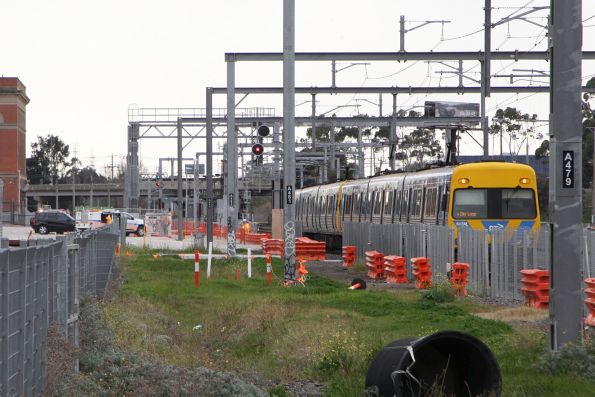
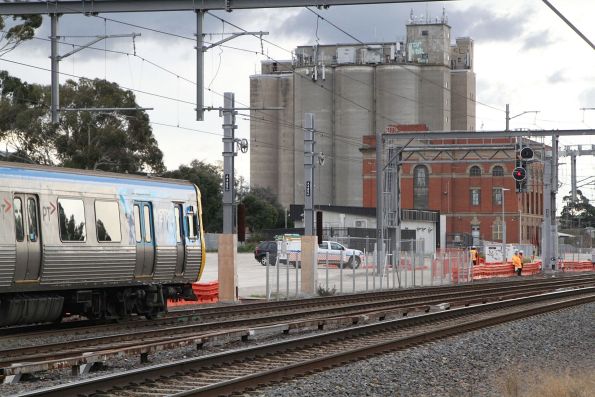
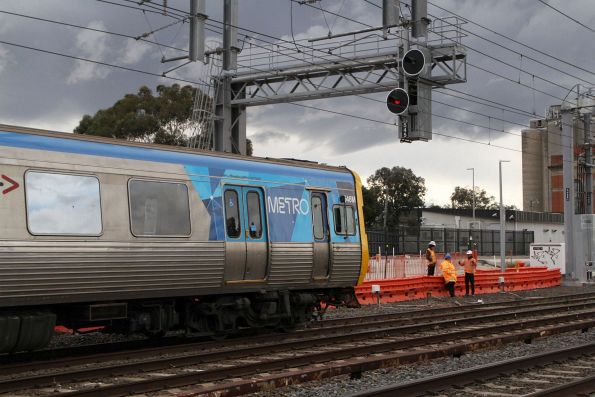
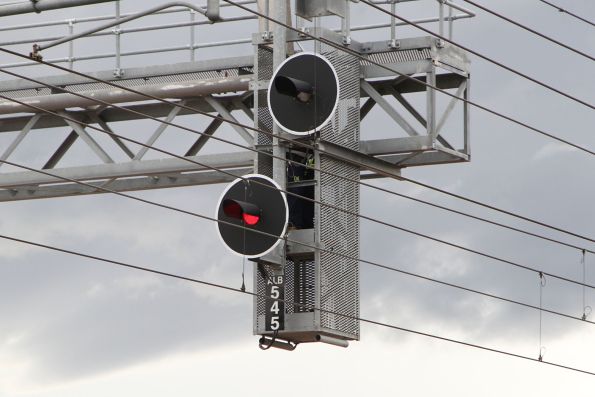
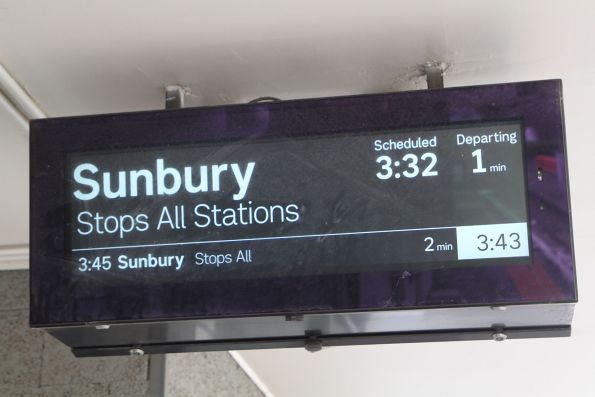
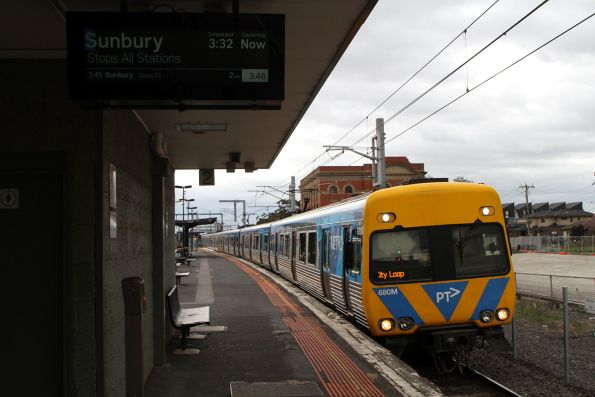
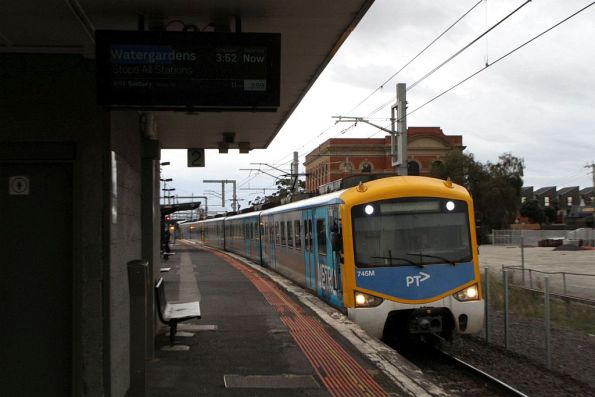
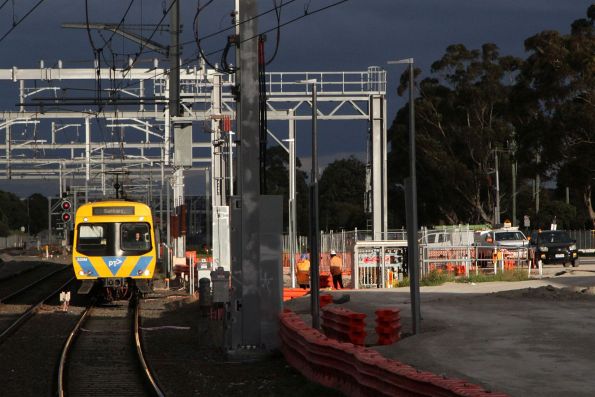
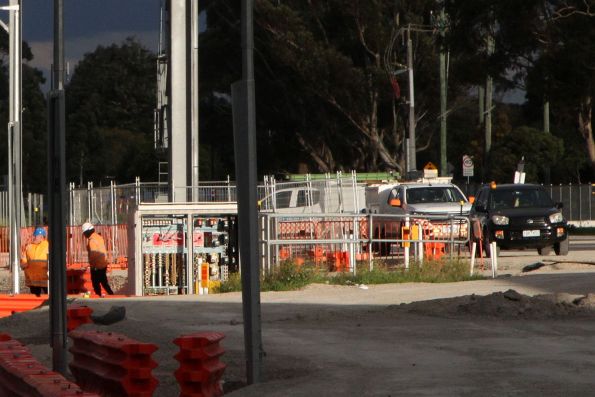

How about doing ‘delayed due to police operation’. That seems to be another common excuse…
It’s an automatic signal which should not (used not) to need permission to pass at stop (or when defective). Let alone written permission. I’m not sure what the rules are for Metro these days.
And Wallan was due to a little bit more than “not following proper precautions” – IMO the precautions adopted were completely inadequate to manage the risks.
OTOH, locking passengers in the train for three hours because it eliminates the ‘risk’ of detraining them is not IMO proper risk management either.